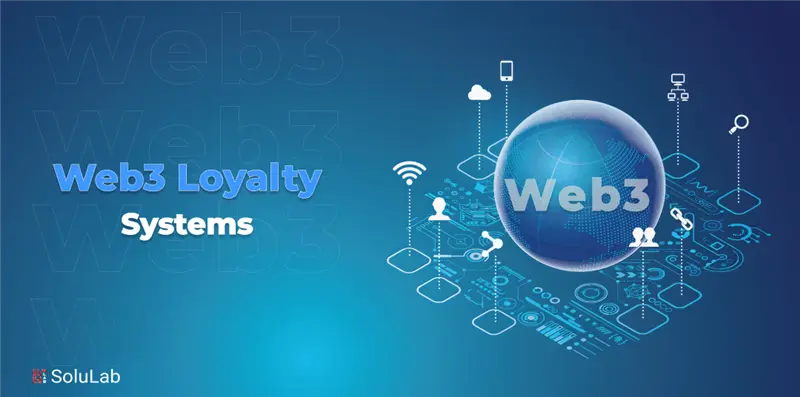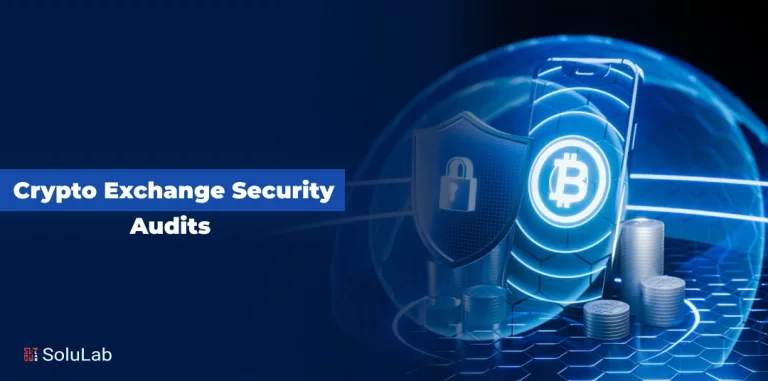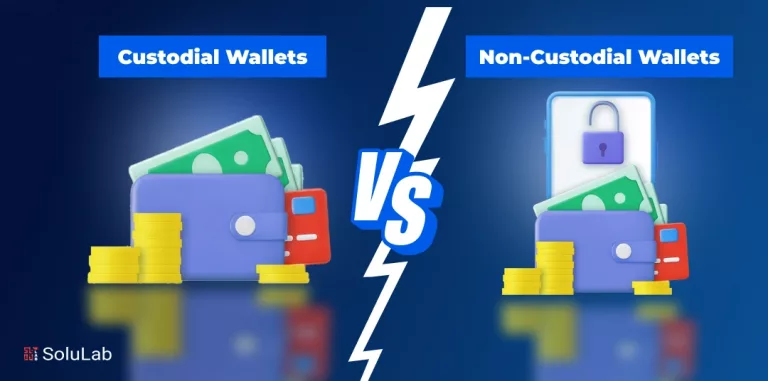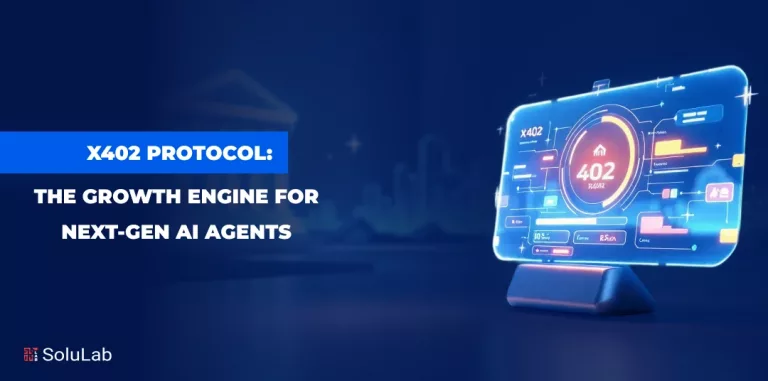
Let’s be honest — player loyalty is the holy grail of online gaming. With hundreds of platforms vying for attention, getting players through the virtual door is one thing… keeping them there? That’s the real game. In a market where users can switch tabs faster than a roulette wheel spins, loyalty isn’t just desirable — it’s essential.
Enter Web3. No longer just a buzzword floating around tech forums, Web3 is steadily reshaping how online gaming platforms operate. One of its most exciting and practical applications? Loyalty systems. Think rewards, incentives, and community-building on steroids — but with transparency, ownership, and innovation at the core.
Ready to dive into how Web3 loyalty systems can supercharge your player retention strategy? Let’s explore.
Why Traditional Loyalty Programs Are Falling Short
Loyalty programs in online gaming have been around for a while. Points, levels, badges — you’ve seen them all. They can work, but here’s the problem: they often feel… flat. Players may enjoy racking up rewards, but there’s usually a catch. The system is controlled solely by the platform, with little transparency, no ownership, and limited transferability.
Now imagine offering a loyalty system that’s more than just numbers on a screen. One where players actually own their rewards, trade them, and use them across platforms. Great way to boost initial engagement is a 150 no deposit bonus that gives new players a valuable head start while reinforcing long-term interest in the platform. That’s the Web3 difference. It’s not only about keeping gamers; it’s also about making the relationships between players and the game experience stronger and more meaningful.
What happens if a player wishes to move their prizes to a different game in your ecosystem? Or if they leave the platform altogether — do they just lose everything? Unfortunately, yes. That lack of flexibility makes these traditional systems feel more like digital punch cards than meaningful incentives.
What Is a Web3 Loyalty System?
Web3 loyalty systems are reward systems built on blockchain technology that give consumers incentives that are decentralized, clear, and work with other systems. Web3 builds loyalty ecosystems with smart contracts and tokenization instead of central databases that one person controls.
What does that mean for online gaming, though?
Every time a player signs in, wins a match, or tells a friend about the game, they get a digital asset. This may be a token, an NFT, or even a stake in how the platform is run. These awards aren’t just for show; they have real worth and may be traded, sold, or used in other games that are partnered with them. Players don’t simply feel like they’ve been rewarded; they feel like they have power.
And that feeling? It makes you want more, in a nice way.
The Power of Ownership: Why Players Stay When They Have a Stake
Here’s the psychological goldmine: people value what they own. It’s called the endowment effect, and it’s the same reason we treasure that old pair of sneakers or refuse to sell a car below our asking price. Apply this to online gaming, and you’ve got a powerful player retention tool.
By giving players true digital ownership, Web3 loyalty systems transform how they interact with your platform. Their earned tokens and NFTs aren’t just part of the game — they’re assets in their digital wallets. This creates emotional (and sometimes financial) investment.
And when users have skin in the game, they’re not just players — they’re stakeholders.
Gamification with Real Value
Picture a gaming universe where crushing challenges scores you one-of-a-kind NFTs — not just flashy tokens, but badges of honor you can show off, trade, or use to unlock hidden events and elite tournaments. It’s like snagging a VIP wristband that opens secret rooms most never see.
This approach doesn’t just spark more interest — it builds identity and belonging in a way traditional loyalty programs rarely manage. Players aren’t just grinding for points; they’re earning status, joining a tribe, and stepping into a digital society built around achievement.
Interoperability: Loyalty That Travels with the Player
Here’s a scenario: a player has invested months into your platform, collecting loyalty tokens and NFTs. Now they want to try a new title from your studio — or even a partnered third-party game. Should they start from scratch?
With Web3, they don’t have to.
Interoperability is the magic word here. Players can take their tokens, badges, or NFTs from one game and use them in another — whether it’s for discounts, early access, or exclusive content. It creates a seamless experience that says, “We value your time across our ecosystem.”
It’s like being a VIP in one club and getting red-carpet treatment in ten more. That kind of loyalty doesn’t just retain players — it delights them.
Partnerships That Pay Off
Web3 also enables gaming platforms to partner with other brands or studios for cross-promotion. Imagine a player who earns a limited-edition NFT in your game that unlocks a new skin in a partner title. That’s a loyalty system that transcends borders — and keeps players curious and engaged.
Community-Driven Loyalty: Let the Players Shape the Future
Traditional platforms often operate top-down: the company decides the rewards, and players receive them. Web3 flips that model. Now, with decentralized governance, players can have a say in how loyalty systems evolve.
Want to vote on next season’s rewards? Or propose a new use case for a loyalty token? With Web3 governance models (like DAOs), it’s possible.
This creates a vibrant, engaged community where players aren’t just consumers — they’re contributors. And people don’t walk away from something they’ve helped build.
How to Start Implementing Web3 Loyalty in Online Gaming?
Feeling inspired? Good. But how do you take this from concept to reality? Here are some practical steps:
- Choose the right blockchain platform – Opt for one that supports NFTs, tokens, and smart contracts with low fees and high scalability (think Polygon, Solana, or Avalanche).
- Define your reward mechanics – Will you use tokens, NFTs, or both? What actions earn rewards?
- Build wallet integration – Make it easy for players to store, view, and trade their digital assets.
- Develop smart contracts – These govern how rewards are distributed, ensuring transparency and security.
- Create partnerships – Expand value by allowing your loyalty assets to work across games and platforms.
- Educate your players – A little onboarding goes a long way. Help them understand how to earn, use, and benefit from their Web3 rewards.
Level Up Your Retention Game with Web3
In a fast-paced online gaming world, keeping players engaged is tougher than ever. Traditional loyalty programs are simply not cutting it anymore — they’re outdated, restrictive, and lack transparency. But Web3 offers a powerful new toolkit.
With ownership, interoperability, community input, and real-world value, Web3 loyalty systems turn casual users into committed players and passive gamers into active stakeholders. They don’t just increase retention — they transform the entire player experience.
So, if you’re serious about growing your platform and keeping your players coming back for more, it’s time to rethink loyalty. And Web3? That’s your game-changer.




